STREWTH! IS STRUTHIO THE AUSSIE SPINIFEX MAN?
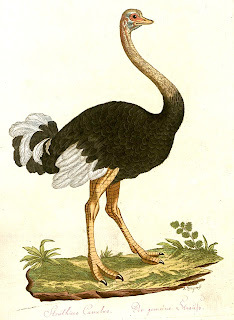 Vintage illustration from 1792 of a male specimen of Struthio camelus, the African ostrich – but is this species alive and well and living in Australia too? (public domain)
Vintage illustration from 1792 of a male specimen of Struthio camelus, the African ostrich – but is this species alive and well and living in Australia too? (public domain)
During summer 1970, dingo hunter Peter Muir found and photographed some strange two-toed tracks in the spinifex (a spiny-seed grass) desert area near Laverton, Western Australia. Local aboriginals claimed that they were from an ogre-like monster – the tjangara or spinifex man.
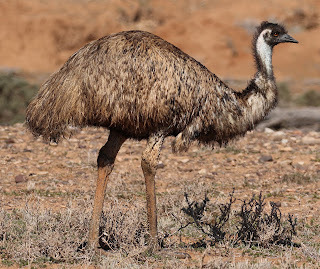 Emu (© Donald Hobern/Wikipedia
CC BY 2.0 licence
)
Emu (© Donald Hobern/Wikipedia
CC BY 2.0 licence
)
Scientists initially assumed that these were merely tracks of the common Australian emu Dromaius novaehollandiae, but swiftly retracted this view – because emus leave three-toed versions. Only one known creature produces two-toed tracks like those at Laverton – Struthio camelus, the African ostrich!
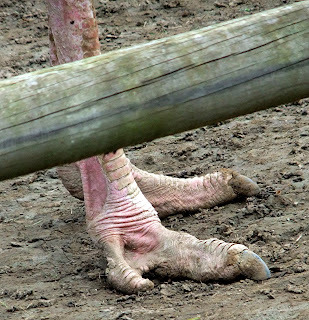 Close-up of ostrich foot showing its fundamentally two-toed format – its very small third toe is too short to leave any noticeable impression in footprints (© Dr Karl Shuker)
Close-up of ostrich foot showing its fundamentally two-toed format – its very small third toe is too short to leave any noticeable impression in footprints (© Dr Karl Shuker)
Yet the concept of ostriches living wild in Australia is by no means ludicrous – far from it. Small populations of feral (run-wild) ostriches still persist north of Adelaide, South Australia, for instance, descended from specimens released by ostrich farmers after World War I, when the feather market collapsed.
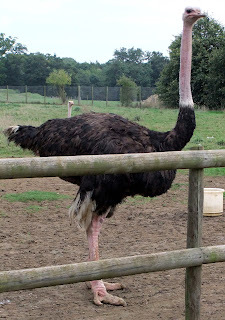 Ostriches were formerly maintained in captivity on Australian farms for their once highly-valued plumes (© Dr Karl Shuker)
Ostriches were formerly maintained in captivity on Australian farms for their once highly-valued plumes (© Dr Karl Shuker)
As the ostrich is a desert-hardy bird that can travel great distances in short periods of time, in 1971 veteran American zoologist and cryptozoologist Ivan T. Sanderson suggested in a short Pursuit article that some ex-farm specimens may not only have survived and bred but also have discreetly extended their range across the intervening desertlands into Western Australia, and thence to Laverton. (Incidentally, it is known that ostriches were released in Western Australia before 1912, but these 'officially' died out without establishing a population.)
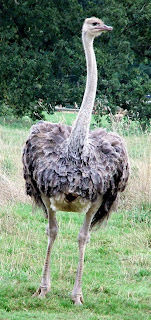 Female ostrich (© Dr Karl Shuker)
Female ostrich (© Dr Karl Shuker)
This would offer a plausible explanation for the mystery of the two-toed tracks and their unseen originator(s) – aptly dubbed by Australian wags 'the abominable spinifex man'. Indeed, if the Laverton environs were not so sparsely populated, the existence of ostriches there may have been confirmed by now.
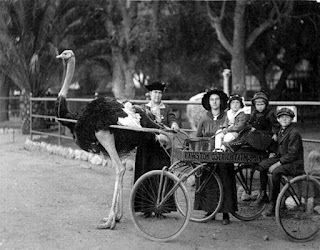 Vintage curio photograph of an ostrich-drawn cart (public domain)
Vintage curio photograph of an ostrich-drawn cart (public domain)
This ShukerNature article is excerpted from my book The Beasts That Hide From Man(2003).
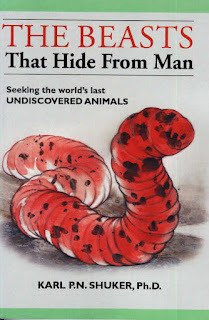
Karl Shuker's Blog
- Karl Shuker's profile
- 45 followers



